Author Archives :
Alexander Rex
UNBOXING – Sustainable Packaging Symposium
Sharing and discussing new materials and processes for more sustainable packaging design with companies, technologists and green minded entrepreneurs
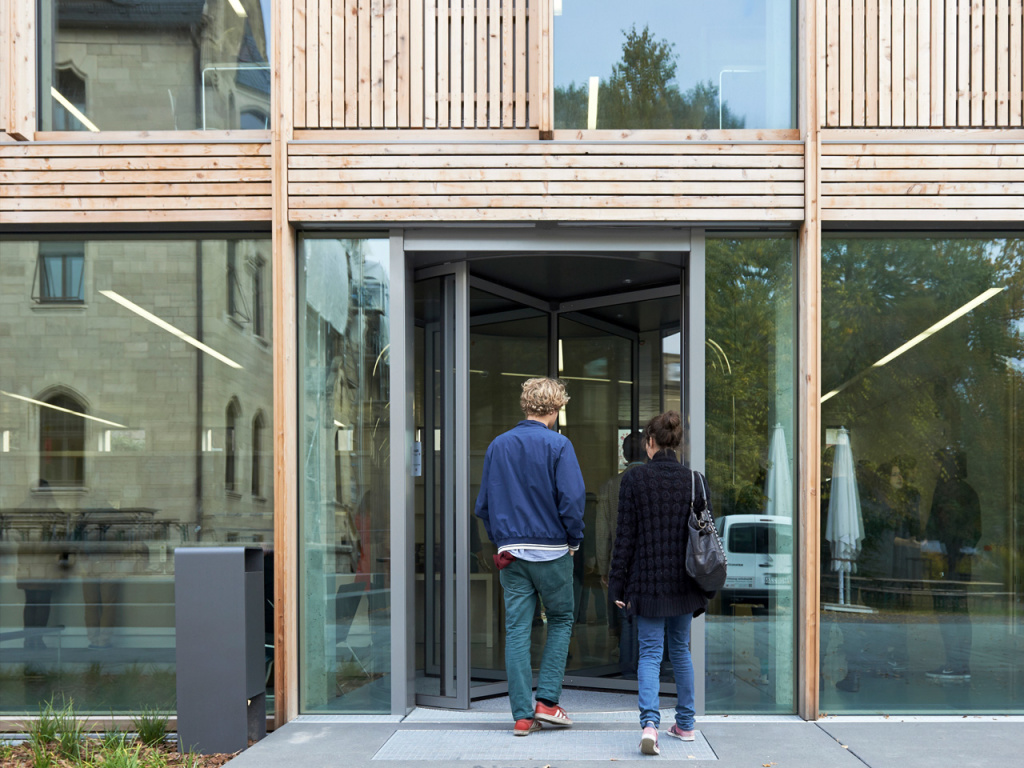
Packaging can be a great help to protect items during transportation, providing information and showcasing its content. On the other hand, due to their relatively short lifespan, they are a growing problem due to their use of resources and waste, often with difficulties to dispose or recycle. How do we deal with this?
During this public sustainable packaging symposium at Burg Giebichenstein University of Art and Design Halle we brought together manufacturers of sustainable packaging alternatives, a technology expert, a sustainable entrepreneur and zero waste store representative, to discuss the current status and future outlook of more sustainable packaging design.
Besides sharing existing solutions and discussing new developments with the public, this symposium was the starting point for a three-day packaging prototyping workshop at the Burg Giebichenstein University of Art and Design Halle in collaboration with its startup center Designhaus Halle.
Impressions
Material Market: Exhibition of sustainable packaging materials Room: Burg Material Collection (1st floor, Library)
-
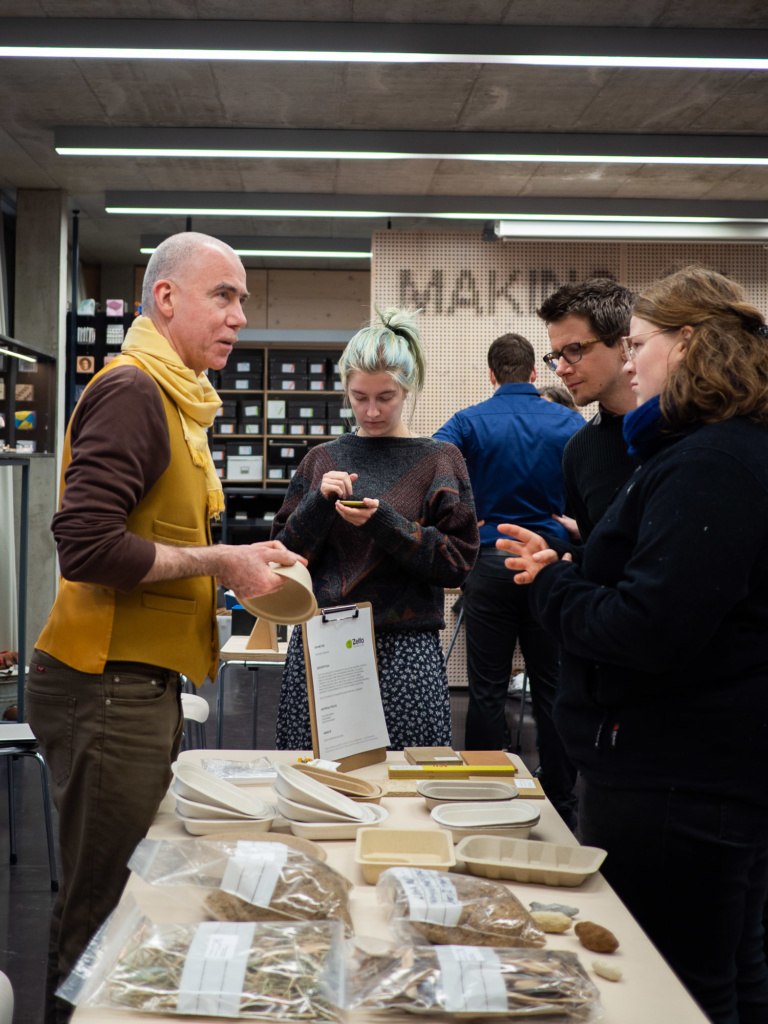
Exhibitor: Zelfo Technology -
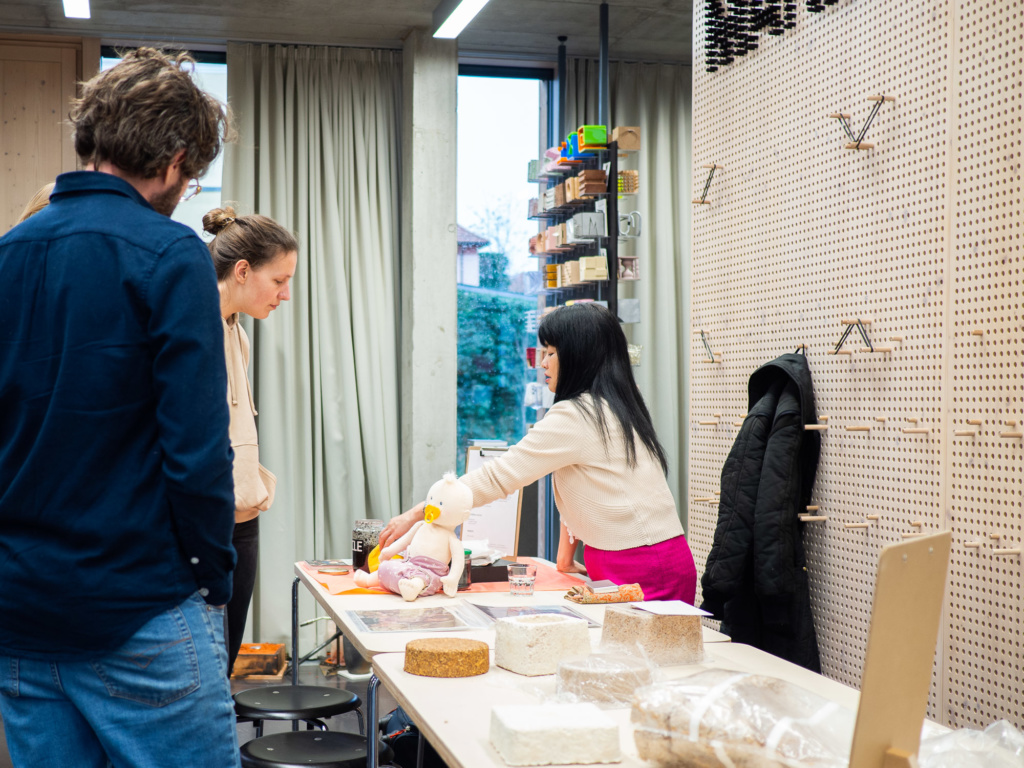
Exhibitor: DYCLE -
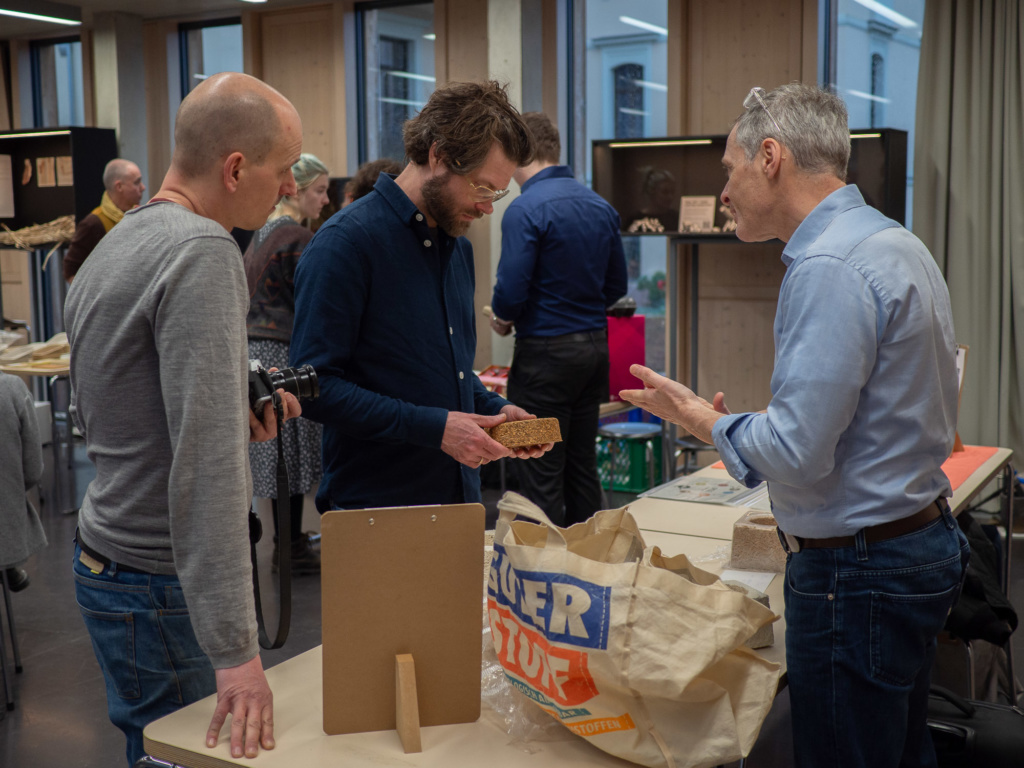
Exhibitor: Krown -
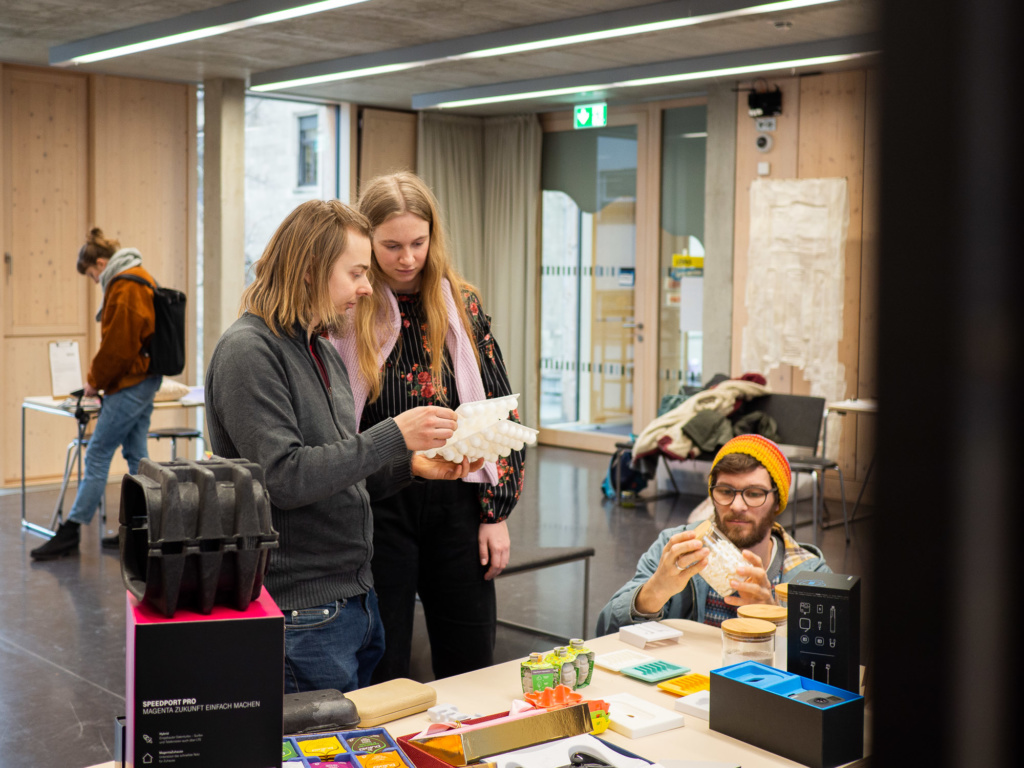
Exhibitor: PaperFoam -
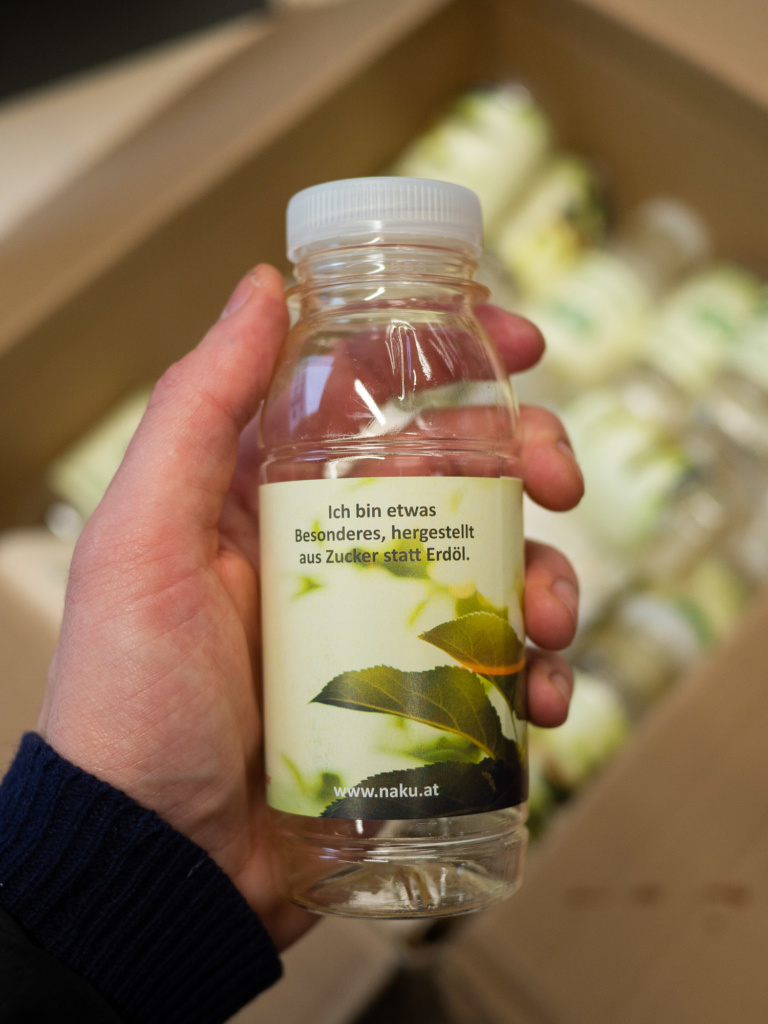
Exhibitor: NaKu
Symposium: Lectures (English) followed by Q&A with the audience Speakers: Krown – Jan Berbee, PaperFoam – Jasper Groefsema, Zelfo Technology – Richard Hurding, DYCLE – Ayumi Matsuzaka, Abgefüllt – Marcus Moos, Moderation – Michael Antons and Prof. Aart van Bezooijen Room: Seminar Room (ground floor, Library)
Exhibitors and Speakers

Krown Krown is a biotech company that makes products with Mycelium and organic waste. Krown’s primary markets are interiors, packaging and building materials. With Krown’s mycelium composites, many plastics can be replaced with fully natural and home compostable alternatives. Krown is located in Hilversum with production facilities in Hedel, The Netherlands. krown.bio

PaperFoam PaperFoam can be described as a foamed, injection molded paper. It is an industrial starch based product with an extremely low carbon footprint. PaperFoam is both home and industrial compostable and also recyclable with paper, making the impact on the environment as small as possible. PaperFoam is based in The Netherlands with production facilities in Asia, North America and Europe. paperfoam.com

Zelfo Technology Zelfo Technology is a pioneer in cellulosic material science. They are focused on re-engineering natural cellulose fibers to enhance performance properties, like material strength. They can use any source of natural fibers, including agricultural, industrial and post-consumer waste, encouraging the use of renewable and biodegradable materials as an alternative to plastic based solutions. Zelfo is based in Joachimsthal, Germany. zelfo-technology.com

DYCLE DYCLE is building communities around parents and babies, offering a bio-based, fully compostable, diaper inlay. This is a fundamentally new way of how baby diapers are produced, used and recycled, or rather up-cycled, when they are no longer a waste but a nutrient for plants, transformed into fertile soil. DYCLE is based in Berlin, Germany. dycle.org

Abgefüllt Zero waste stores enable the purchase of loose goods in order to avoid packaging waste. Customers can bring their own containers to purchase the loose assortment, which are filled independently in the store. Abgefüllt is the first zero waste store based in Halle (Saale). abgefuellt-halle.de
NaKu NaKu uses a corn-based starch compound to produce breathable fresh-storage bags and beverage bottles. NaKu bottles use a starch-based Polylactic acid (PLA) as raw material based on cornstarch. NaKu processes its compounds with injection molding, film blowing, extrusion and thermoforming. NaKu is based in Wiener Neustadt, Austria. naku.at
Presentations
Please visit issuu.com to see the presentation slides online.
Organization
This project is a collaboration between the Designhaus Halle / Burgshop (Michael Antons) and Burg Material Collection (Prof. Aart van Bezooijen). The material experiments are supported by Platform MAKE. (David Oelschlägel and Lorenz Ebersbach).
Photo credits: Nils Krüger
More Information
Burg Material Collection Burg Giebichenstein University of Art and Design Neuwerk 7 06108 Halle (Saale) Email: material@burg-halle.de Website: burg-halle.de/unboxing
Sound Qualities of Material
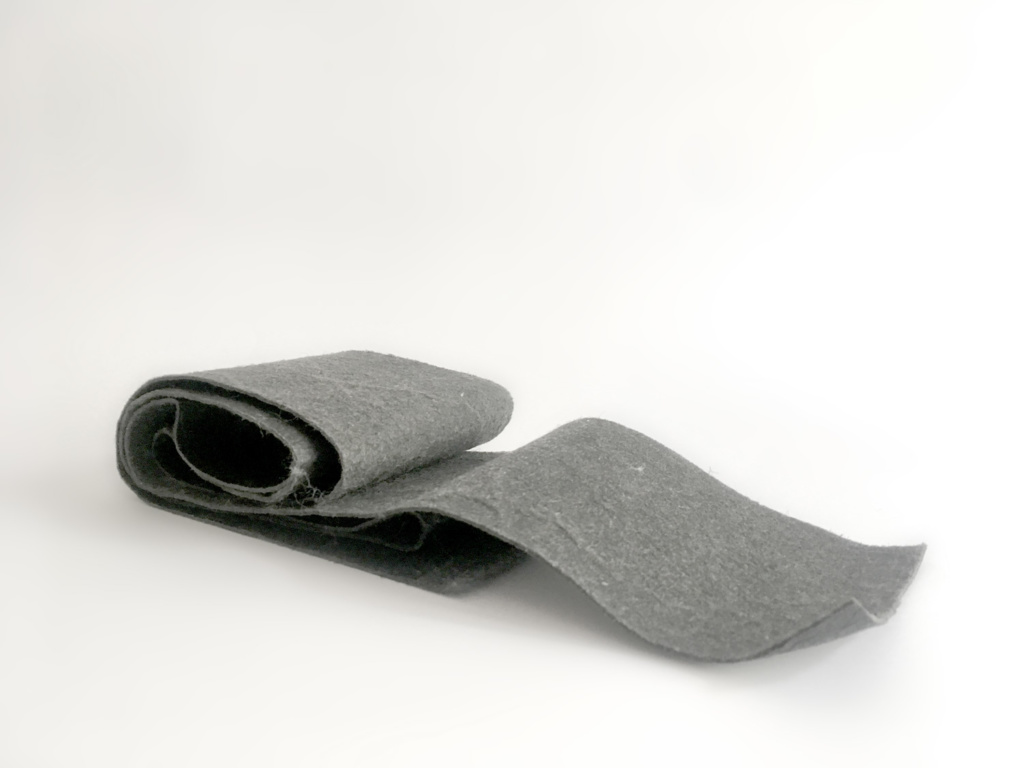
About hearing
Remote events have an indirect effect on us through sound waves. We can therefore participate in them. Sound is always connected with actions or movements. This sound energy in the form of vibrations of elastic media is processed in our ear as a stimulus. This events of our environment are brought to awareness through hearing. The environment acquires a character through its sound world. But also the physicality of sound sources (e.g. we connect high sounds rather with small objects and low sounds with large bodies) and their dynamic processes of events (tearing, crumpling etc.) are audible with the ears. The materiality of the sound source can be sensed by the ears, but requires further senses to identify it (seeing and touching). The auditory sense needs the visual sense as verification: “We hear what we see”. The reflection of the sound from the materials in the room form the sound of a room. This individual sound helps us to identify in which space we are and whether it is open or closed. Engineers, architects and designers are concerned with two phenomena in room acoustics that they specifically employ: the reflection and absorption of sound energy. In the acoustic design of rooms, objects, textures or elements are installed in the room which specifically change the sound. A balance of both phenomena has to be considered. For example, a room with too short reverberation time will choke any sound, while again the reflections with too long delay (long reverberation time) will be confusing due to their overlapping. While we can use the visual sense to look at resting objects, hearing always has to do with movement and action. Here a constant sound level (corresponds to constant movement) can be understood as rest (or ignored). Sudden level changes (e.g. abrupt silence) first attract our attention.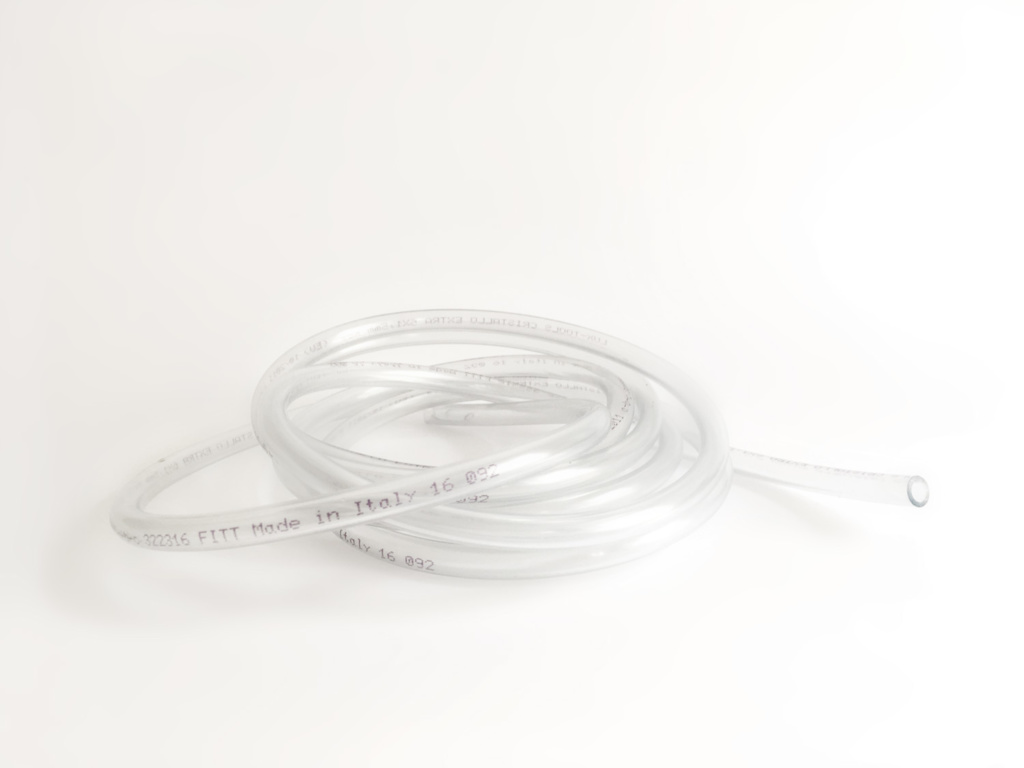
A brief glimpse into the history of material sound
The constant technical developments of the last 200 years have shaped today’s soundscape. Noise can be a pleasant or noisy (disturbing) indicator for technical and social developments. They signal impending innovations or necessary changes, such as the steam engine and the railway. The greatest social upheaval was the emerging interplay of technology and manual work in the soundscapes of 18th century factories. After the industrial revolution, the attention for the sound was still increased by the sound conservation. The developments of Edison (phonograph) and Berliner (gramophone) made it possible to reproduce the sound and the ambient noise not only in a fixed position, but also in a temporally and spatially offset manner – in relation to the source. In the first half of the 20th century, there was a flood of noise and, as a result, a transformation of the noise environment. A sound environment sets a certain development to music in the form of a sound vision. While a large part of the population would describe the sound sphere of the early 20th century as an expression of technological progress, we would undoubtedly perceive this world of sound today as a noise nuisance.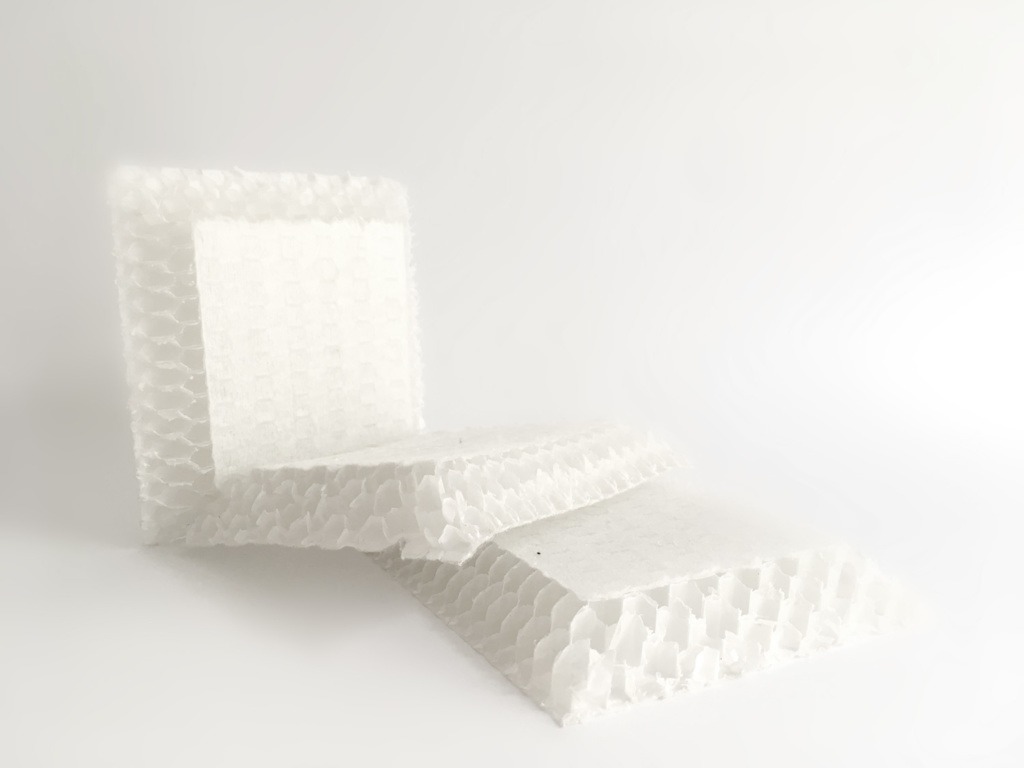
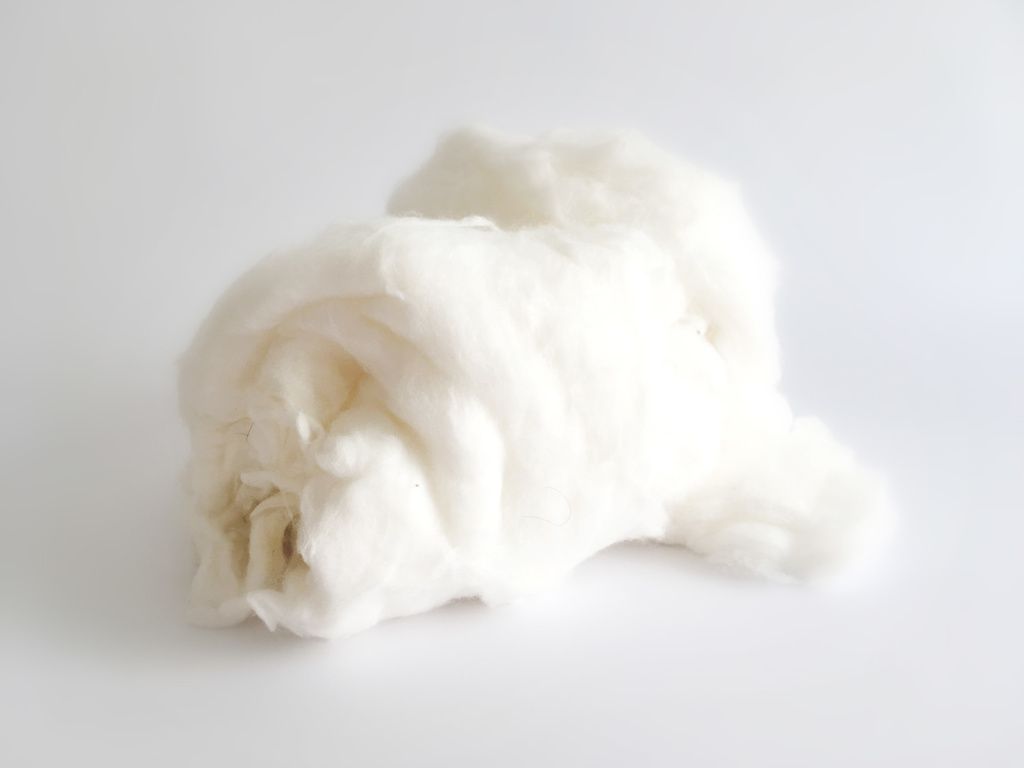
Glossary of Hearing
Acoustic Design Acoustic design is an interdisciplinary field that deals with the aesthetic quality of the acoustic environment and transforms this sound sphere. The acoustic designer acts according to the principles of extinguishing or damping certain sounds, testing and releasing newly created sounds to the environment, preserving existing orientation sounds and primarily locating, placing and creating an acoustic environment. Acoustic Ecology Acoustic ecology deals with the effects of sound worlds on the physical behaviour and reactions of the beings living in them. Amplitude The amplitude describes the or intensity of sound oscillation. Audible Range The audible range describes the perceivable pitches and volumes of a human being. Pitches can be perceived between 20 Hz and 20,0000 Hz. The volume is limited downwards by the hearing threshold (the quietest sound a person can hear). At the top, this area is closed off by the pain threshold. In this area, sounds can cause permanent physical damage to the human auditory organs. Bandwidth The bandwidth is the frequency range of a sound. Basic tone The deepest sound of a sound. In the study of the phonosphere, a fundamental sound also describes the background sound of a particular society. For example, the wave noise of a community by the sea. Envelope Curve The temporal course of an amplitude is described with the envelope curve. A sound event is divided into a transient phase (attack), first damping (decay), body (sustain) and decay (release). Frequency The vibration frequency of a sound vibration is specified in Hertz. One Hertz is one oscillation per second. Hi-fi Stands for high fidelity and in electroacoustics describes a high signal-to-noise ratio of the sound information to the background noise of the recording. Murray Schafer also uses the term in lute sphere studies. Here, he describes a hi-fi environment whose sounds are clearly audible and without trapping or overlapping, i.e. are perceived in detail and clearly. Lo-fi In electroacoustics, low fidelity refers to an unfavourable distance between sound information and the background noise of the recording. The noise is noticeably disturbing in the information level of the foreground signal. Murray Schafer uses this term in lute tube studies as an expression of a Lo-fi environment that is flooded with signals. Loud Noise / Din Loud noise refers to various sounds and phenomena. It can be used to describe 1) unwanted sounds, 2) unmusical sounds, 3) strong sounds or 4) signal disturbances. Noise is used almost exclusively as a subjective expression. Noise Is sound with undefined pitch and timbre. The wave-shaped representation shows a chaotic frequency image without recognizable repetition. Signal sound A sound that draws special attention to itself. In the phonometric studies, the signal sound is compared with the fundamental sound. Sound Sound is a complex superposition of fundamental and overtones. Animal sounds and the sound of musical instruments are called animal sounds. Soundscape The sound environment and all its excerpts are described as a sound sphere. Sonority Sonority is the comprehensive term for audible and inaudible sound energy. Sound waves below 20 Hz are called infrasound and sound waves above 20,0000 Hz are called ultrasonics. Tone In acoustics, a tone is an (artificially) generated sound that oscillates in only one frequency. It has no overtones. Tone color The timbre is formed by specific overtones. This allows us to clearly assign the tone of an instrument to a flute or a violin, for example. Each individual has his or her own timbre when creating lutes. Volume The intensity of what is heard is described as the volume. The degree of intensity is perceived subjectively by each individual.Material
To hear material, the material must go into action. This can happen between materials, or between a user and the material. For sounds to be produced, there must be movement that produces this sound energy. Materials can be …- null
- rubbed against each other
- torn
- crumpled
- pulled
- depressed
- pitched
- rushed
- stroked
- crushed
- pleated
- crumpled
- convulsed
- beaten
- etc.
- null
- Corn starch in a leather bag makes the sound of snow crunching.
- An arrow or a thin stick makes a hiss.
- An old chair produces a controllable creak.
- Scorched plastic garbage bags cut into strips make a realistic sounding candle or soft crackling fire as the bag melts and drips to the floor.
- Gelatine and hand soap make squeezing noises.
- Frozen Roman lettuce causes noises from bone or head injuries.
- Coconut shells cut into two halves and filled with padding make horseshoe noises.
- Cellophane produces crackling fire effects.
- Acorns, small apples and walnuts on a wooden parquet can be used for bone fractures.
- Walnuts are used instead of ice cubes in a glass of water because they do not melt.
- Large and thin metal plates can be used when bending to thunder.
Workshop
In media design, sounds are used to enhance or change the effect of the content or to control the viewer’s focus. Digital media offer countless application possibilities. However, before the sound is separated from the generating object by digital playback possibilities, sound and material should be viewed together in order to better understand their application.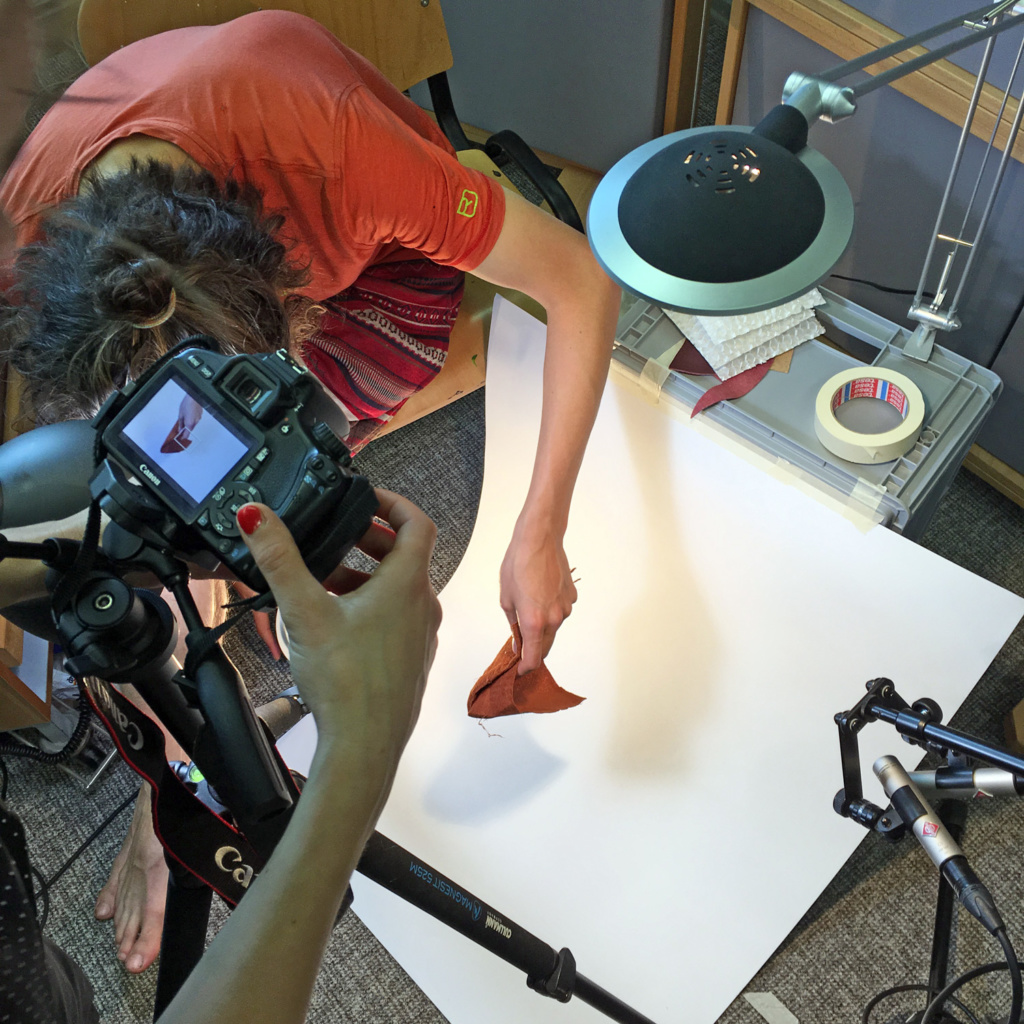
Alexander Rex, July 2019
Further Reading
Adams, Tyler (2016), Sound Materials, Frame Publishers, Minneapolis (USA) Ament, Theme (2009), The Foley Grail: The Art of Performing Sound for Film, Games, and Animation, Focal Press, Burlington, MA Langenmaier, Arnica-Verena (1993), Akustik – Eine Aufgabe des Designs: Der Klang der Dinge, Verlag Silke Schreiber, München Luckner, Peter (2001), Verständigung zu Akustik und Olfaktorik als Material im Designprozess, Burg Giebichenstein, Halle (Saale) Rudolph, Axel (1993), Akustik Design – Gestaltung der akustischen Umwelt, Verlag Peter Lang, Frankfurt am Main Schafer, Murray (1977), Klang und Krach – Eine Kulturgeschichte des Hörens, Athenäum Verlag, Frankfurt am Main Schönhammer, Rainer (2013), Einführung in die Wahrnehmungspsychologie, Facultas Verlag, WienTrees of Trash – Workshop und Ausstellung im GRASSI Museum
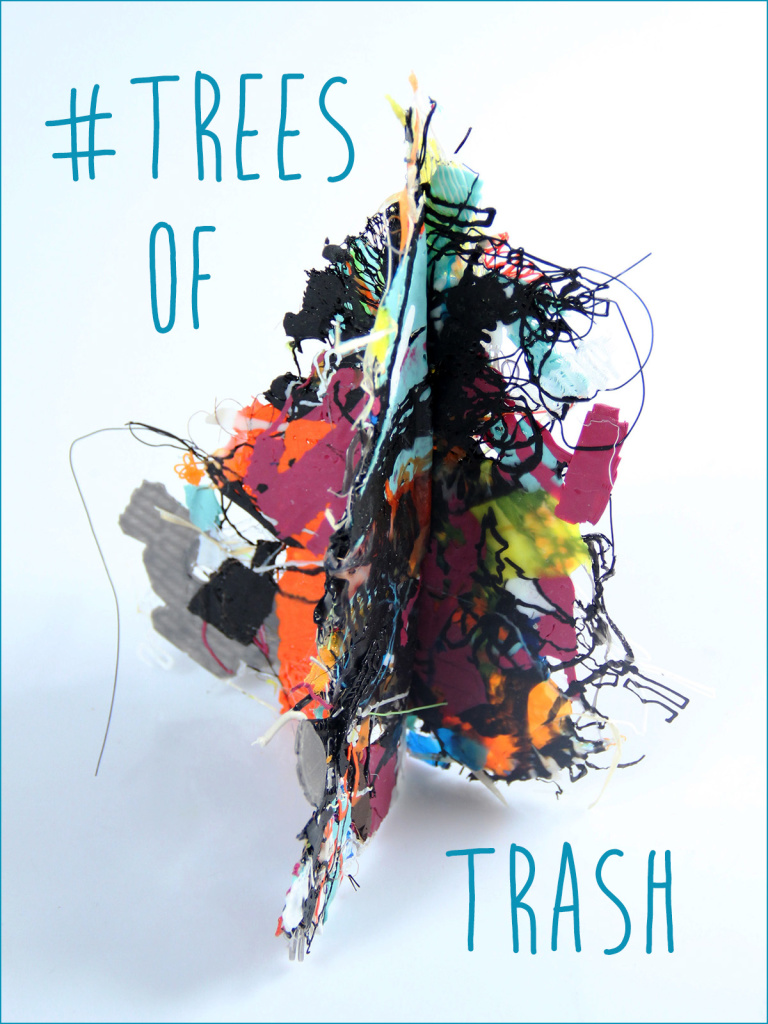
Im GRASSI Museum für Angewandte Kunst Leipzig findet am 3. Dezember 2017 ein besonderer Workshop statt: Bereits zum zweiten Mal können Burg-Studierende und Museumsbesucherinnen und –besucher mithilfe von Materialresten, Überbleibseln oder Artefakten, die wiederverwendet oder umgenutzt werden, den Weihnachtsbaum auf künstlerische Art und Weise neu interpretieren.
Der Workshop wird geleitet von Aart van Bezooijen, Professor für Material- und Technologievermittlung der BURG. Die individuellen Trees of Trash sind ab dem 4. Dezember 2017 im GRASSI Museum zu sehen und können gegen eine Spende erworben werden. Im Vorjahr kamen so knapp 500 Euro für den Hilfsfond ausländischer Studierender der Kunsthochschule zusammen.
Der Trees of Trash-Workshop gehört zum Rahmenprogramm des diesjährigen Museums-Jubiläums: Das GRASSI Museum für Angewandte Kunst feiert am 3. Dezember zehn Jahre Wiedereröffnung und lädt zu Rundgängen, Präsentationen, Führungen, Gesprächen und Mitmach-Aktionen ein. Der Workshop ist eine Initiative des Burg-Programms MAKE. – Plattform für Material und Technologie Transfer.
Ort: GRASSI Museum für Angewandte Kunst Leipzig, Johannisplatz 5-11, 04103 Leipzig
Uhrzeit: 10:30 – 17:00 Uhr
Die Teilnahme ist kostenfrei.
Anmeldung unter make(at)burg-halle.de
Links: Siehe auch Facebook (event) und Instagram (#treesoftrash)
#treesoftrash #burghalle #grassimak #buynothing #makesmthng
Mit freundlicher Unterstützung von Halle Karton
–
Archiv: Trees of Trash 2016

